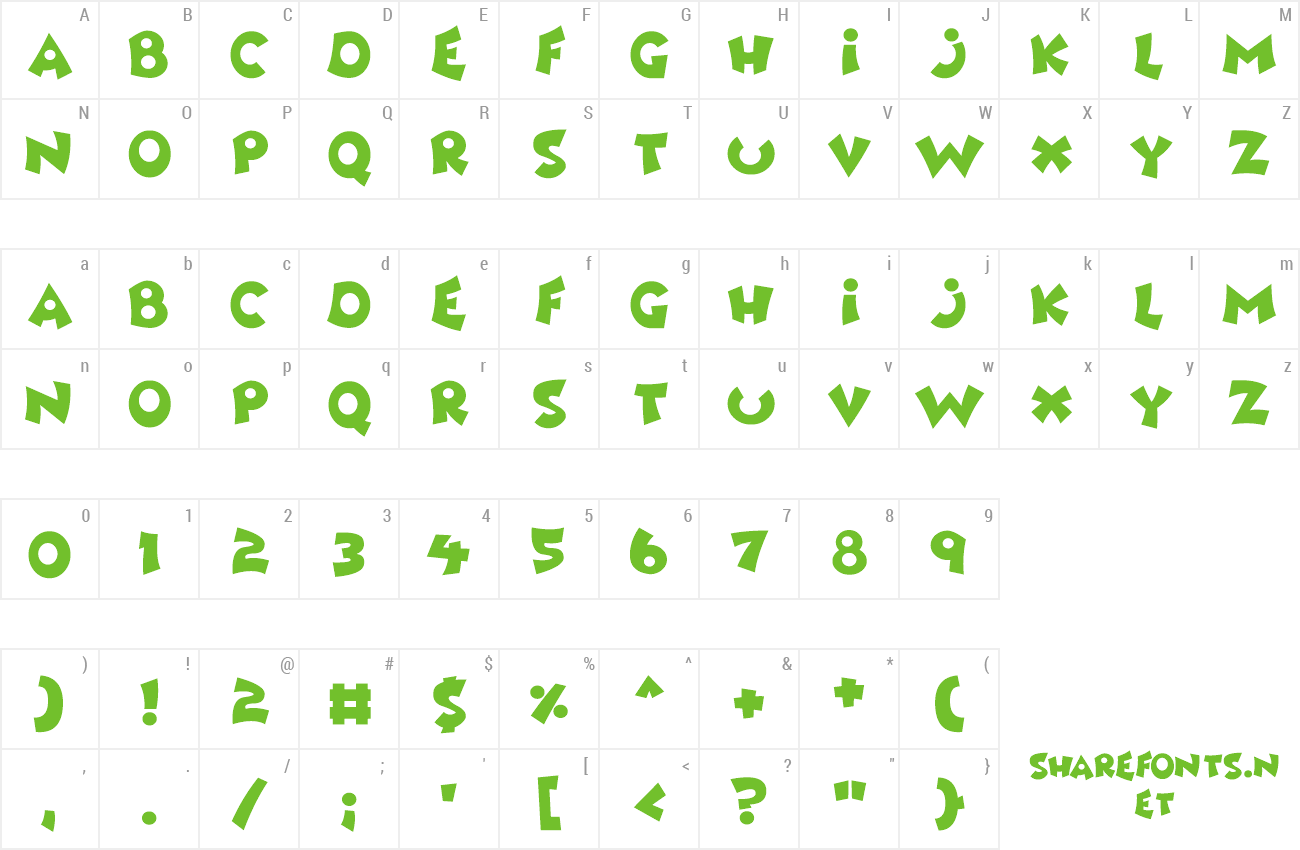

- #Mjml font awesome install#
- #Mjml font awesome code#
- #Mjml font awesome download#
- #Mjml font awesome free#
Phasellus viverra nulla ut metus varius laoreet. Donec quam felis, ultricies nec Īliquam lorem ante, dapibus in, viverra quis, feugiat a, tellus. ⚊ Aliquam lorem ante, dapibus in hasellus viverra nulla ut metus varius laoreet.
#Mjml font awesome code#
Copy the code below and paste it into your email.mjml file: For this tutorial, I’m going to use this cool template created by Sven Haustein. Once you have your example.mjml file, open it up in your code editor. You can simple type touch example.mjml (if you closed your terminal, you will need to cd back into your mjml-email folder) in your terminal or open up your code editor and create a new file called example.mjml and save it in your mjml-email folder. For this tutorial I’m going call the file example.mjml. First, you need to create an MJML file to create our email in. Now we have our development environment, lets create an email using MJML.
#Mjml font awesome install#
Instead, you can place your package.json file on your server or in your repo and then run npm install from your terminal, which will tell npm to read your package.json file and install the correct node_modules folder. Because the nodule_modules folder is fairly large, it’s not usually good practice to copy it to other place like a server or Github repo. Npm will now create a package.json file inside your mjml-email folder – this tells node what packages are used within this folder. To do this open up your terminal, type the following and hit enter, like so: Once your mjml-email folder is on your Desktop, you need to find it in your terminal so you can install MJML inside. Create a new folder on your Desktop and call it mjml-email. First, you need a folder to install and setup our MJML development environment in. Now you’ve got Node JS and npm installed, you’re going to use them to install the MJML framework. Once finished, you should now have Node JS and npm installed – easy! 3.

Open up the downloaded package and follow the instructions.
#Mjml font awesome download#
Installing Node JS and npm takes minutes, go to the Node JS download page here and click macOS Installer to download. If you don’t have Node and npm installed, listen up. If you get a version back then you also have npm installed. Do the same to check if you have npm installed – type npm -v into your terminal, then hit enter. If you get a version like v8.1.3 returned, then you have Node installed. If you’re not sure, open your terminal and type node -v, then hit enter. If you already have Node and npm installed, hooray! Move to the next step. Npm, or the Node Package Manager, is used to install and manage Node JS programs, code and code dependencies such as and Gulp Babel. This means you can use Node JS to run JavaScript to carry out server-side and even local tasks to improve our development workflow. About Node JS and npmĪs you may know, Node JS is the revolutionary JavaScript runtime environment, built with Google’s V8 engine, that allows JavaScript to be run server-side.
#Mjml font awesome free#
I’m using the Mac installation, but if you’re on Windows, feel free to get in touch with me on Twitter if you need some help installing Node JS, npm or MJML on Windows. Don’t worry if you haven’t used Node JS, npm or your terminal before, I’ll guide you through this process. I’ll guide you through the process of creating a basic responsive email in MJML locally, which involves using using Node JS, npm and your terminal. Although it takes a few minutes to set up, I’d recommend running MJML locally because you can then use your own code editor and enhance your workflow with task runners such as Gulp. mjml file, which you can transpile into HTML using MJML’s online editor or by running it locally. #outlook a Īs you can see, MJML syntax is simple to read, which makes it easy to learn, and it does all the hard compatibility development work for you. Here’s an example of a simple MJML column component containing some text: MJML is built in React, and like React, utilises reusable components, which makes developing responsive email templates a breeze. It’s a framework that transpiles its own simple, semantic language into production-ready HTML emails. Personally, I prefer to use MJML over Foundation for Emails because of its simplicity. Like Foundation for Emails by Foundation, MJML is an email templating language framework that aims to simplify the way you code responsive emails, so you can focus on producing great emails without worrying as much about email client compatibility. Īnyway, those days are (sort of) over thanks to MJML. If any of you, like myself, have designed and developed bespoke responsive emails on a regular basis you’ll understand the difficulties in trying to get an engaging, aesthetically pleasing responsive email to render correctly in every major email client, including those pesky legacy email clients – yes we’re all looking at you Outlook, you pile of 💩.


 0 kommentar(er)
0 kommentar(er)
